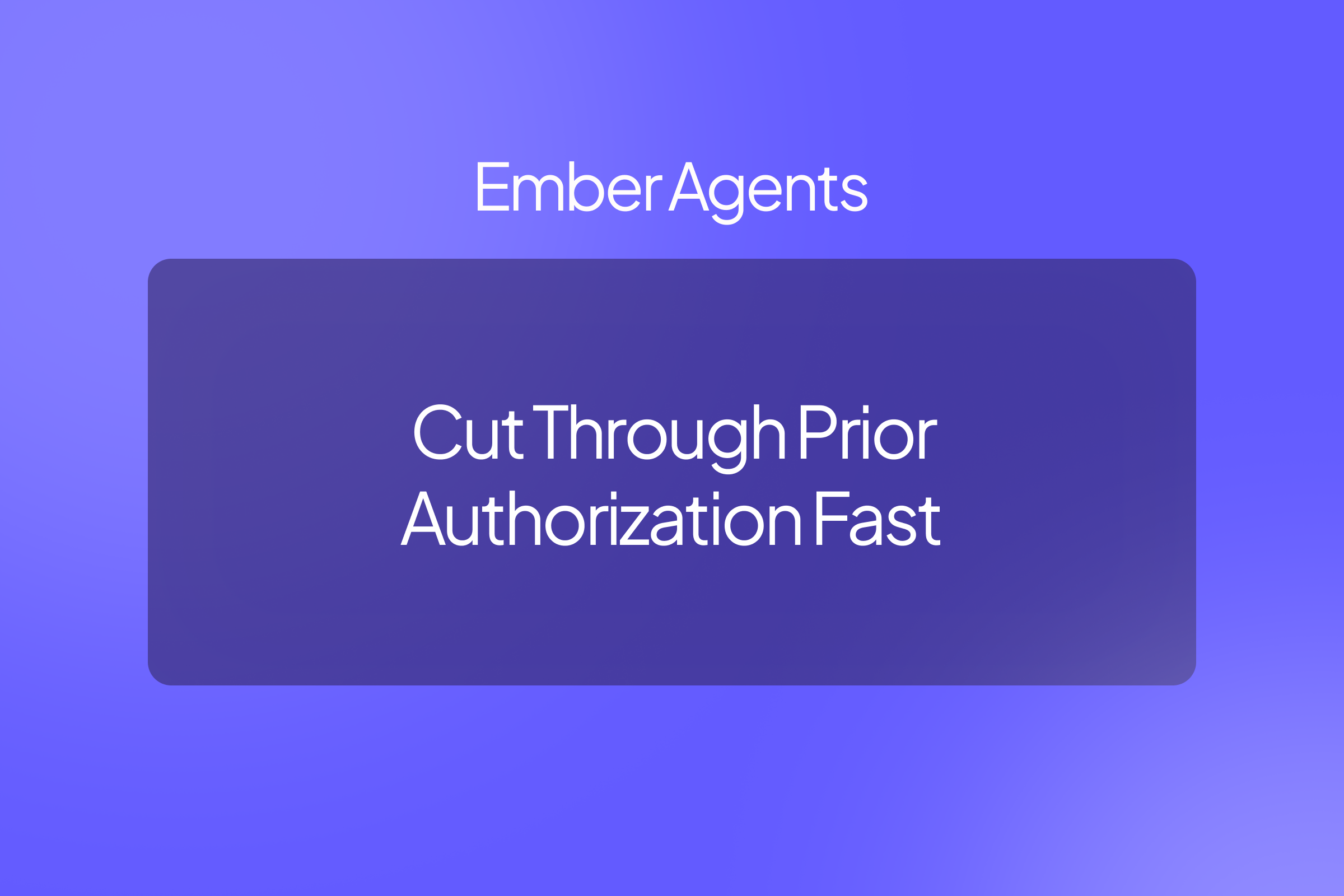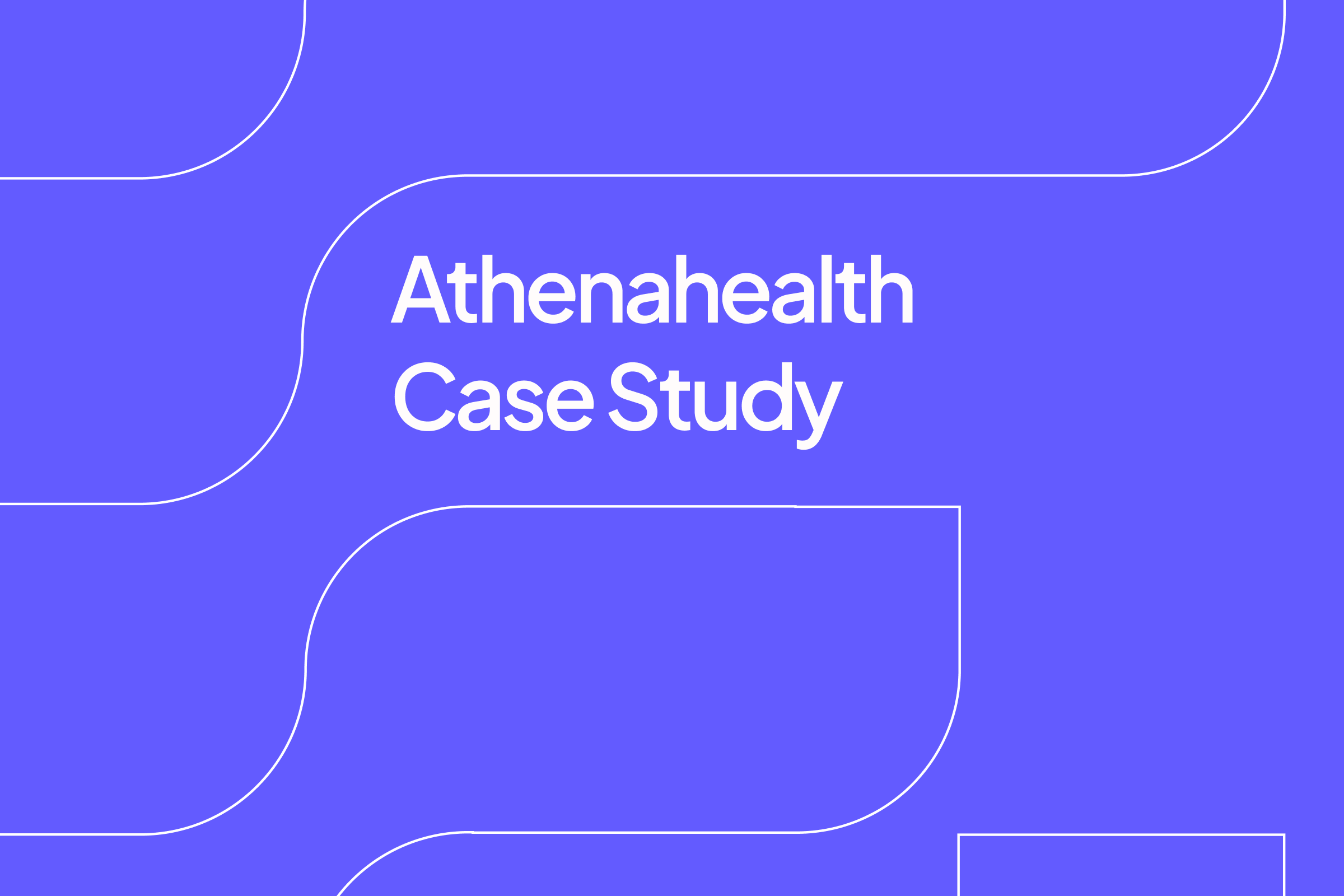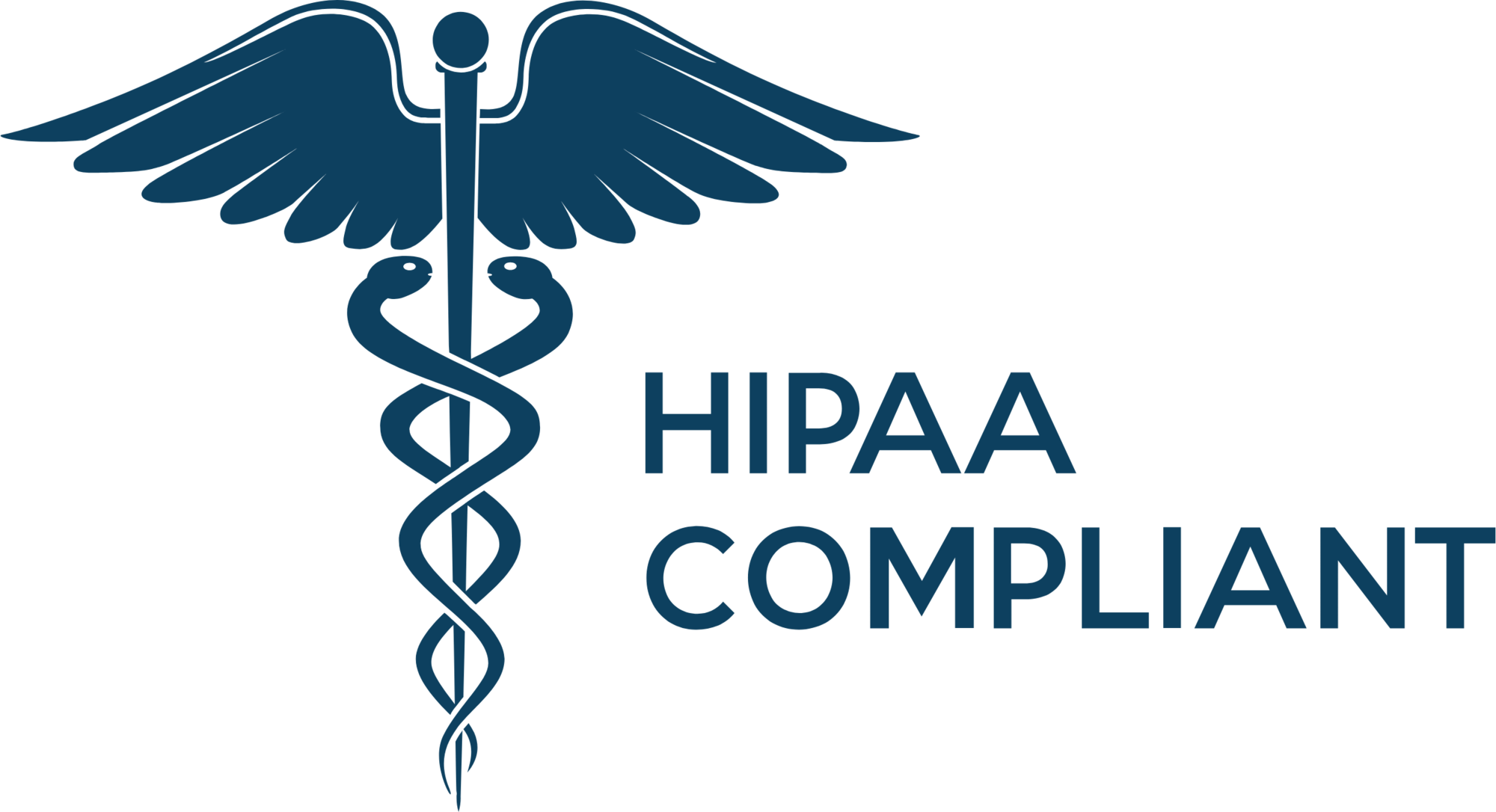
5 Takeaways Every Hospital CFO Should Bake into the FY-26 Plan
1. AI Has Officially Outpaced Moore’s Law
Steve Kass reminded us that core AI capabilities double every 7 months while costs plummet (GPT-4 is already under $30/million tokens). Translation for finance leaders: technology that felt “bleeding edge” at budget time can be table stakes six months later. Continuous-improvement capital cycles, not once-a-year refreshes, are the new norm.
2. “Clinic Buckets” > Dashboards
One health system flipped an 84 % clinic-completion rate to 90 % (and kept it there) simply by showing physicians how many future cancellations they still had left—no new software, just an Excel view everyone could grasp. Takeaway: visibility that prompts self-correction beats data overload every time.
Ember fit: Our analytics layer turns denials, edits, and write-offs into forward-looking operational “buckets,” so teams fix tomorrow’s leaks before they hit the GL.
3. CDI Expansion = Pure Margin
Monument Health’s data-driven CDI overhaul boosted SOI across key DRGs and returned $1.45 M in under a year. They did it by extending beyond traditional Medicare and hard-wiring grouper logic into Epic & 3M.
Ember fit: Our AI-assisted coding flags missing HCCs and APR-DRG variances before final billing, letting your CDI team focus on high-impact cases instead of inbox triage.
4. Automation Scales Faster Than Staff
Mercy Health lifted revenue 5.1 %, cut coding cost 32 %, and shrank throughput from 14 to 5 days—without a hiring spree. Their playbook: start with low-complexity encounters, embed explainability for auditors, and upskill existing coders.
Ember fit: Our configurable rules engine lets you apply the same “start simple, grow fast” workflow—complete with audit trails that finance and compliance both trust.
5. Change Management Is a C-Suite Sport
Houston Methodist’s CEO doubled as Chief Innovation Officer and used a new hospital (Cypress) as a live sandbox. Result: Virtual nursing adoption went from skepticism to full buy-in in one week, driving a $10 M OR margin lift in six months.
Ember fit: We partner directly with CFOs to build ROI projections, phase pilots, and communicate wins—because the tech is easy compared to culture.
Three Questions to Ask Your Team
- Where can a “bucket” view replace today’s dashboard noise?
- What percentage of claims can safely run “lights-out” this quarter—not next year?
- How will we redeploy staff time we free up with automation? (Hint: think patient-facing value, not more spreadsheets.)
Bottom Line
AI-driven RCM isn’t about replacing people; it’s about redirecting scarce human capital to the bedside and the balance sheet simultaneously. The organizations that iterate fastest—on tech and change management—will be the ones enjoying double-digit EBITDA tailwinds while competitors are still forming committees.
Ready to model your own 12-month lift? Let’s connect. Ember’s platform plugs into Epic, eClinicalWorks, Modmed, Cerner, Meditech, and athenahealth in weeks, surfaces dollars on day one, and scales at the speed of your ambition.
Lynn Hsing is a recognized leader in healthcare marketing. Having worked closely with health systems and providers, Lynn brings a nuanced understanding of the challenges they face — from administrative burden and claim denials to reimbursement delays and staff shortages. This firsthand insight has shaped Lynn’s ability to translate complex AI solutions into meaningful value for healthcare organizations.








